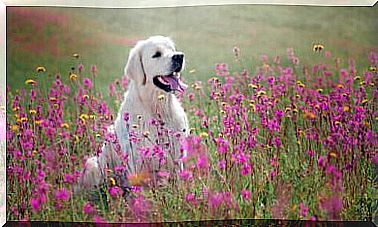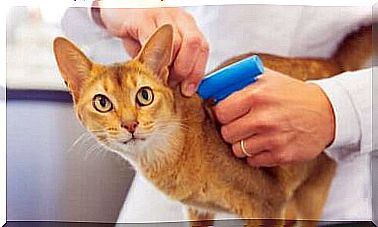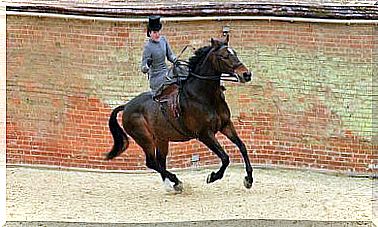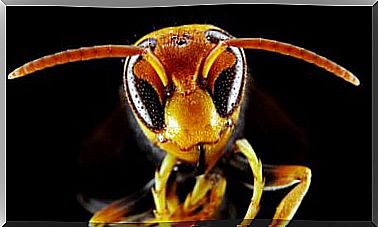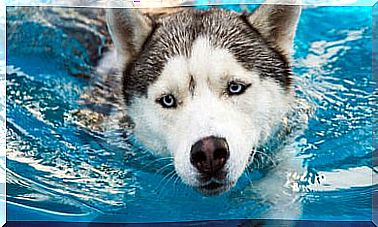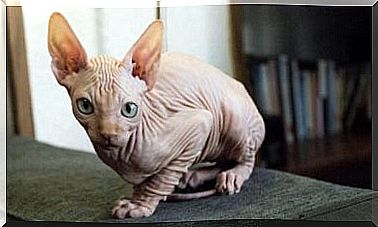Corroboree Frog: One Of The Most Particular Species
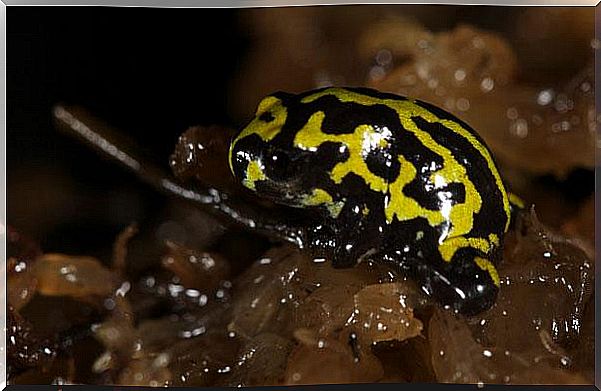
The corroboree frog is an iconic amphibian of Australia, as its colored body, its poisonousness and the progressive decline of its population have made it the object of research and national recovery initiatives to avoid extinction.
According to the region in which it inhabits, the corroboree frog presents a design rather than another as regards the arrangement of its colors. Thus, while the northern corroboree frog has a black base with yellow stripes, the southern one, on the contrary, is yellow with black lines.
The distribution of the northern corroboree frog includes the territories of New South Wales and the so-called Australian Capital Territory within the Kosciuszko National Park, Bondo State Wood, Micalong State Wood, Wee Jasper State Wood, Namadgi National Park, Brindabella National Park and the Bimberi Nature Reserve. For its part, the southern corroboree frog is confined to the Snowy Mountains region in New South Wales.
Physical and behavioral characteristics
Despite its small size, less than three centimeters, its particular pigmentation indicates the secretion of a highly poisonous alkaloid for its predators.
The corroboree frog feeds on small invertebrates, especially black ants. It is usually found in seasonal wetlands and surrounding vegetation of different regions of the Australian Alps.
In winter it remains inactive under the trunks or between the substrate of the forest. The rest of the year it is a very dynamic animal, although unlike other amphibians it walks instead of jumping.
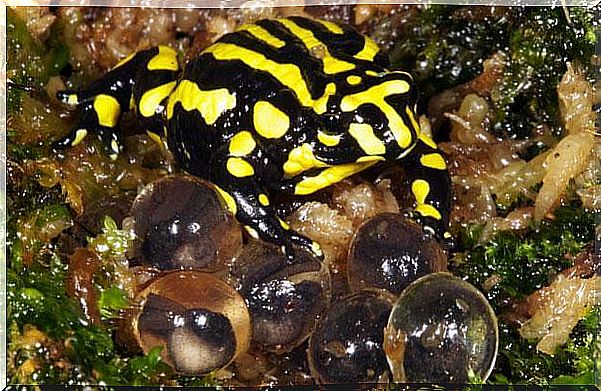
Reproduction begins with the arrival of the summer season. During the warm months the males dedicate themselves to building nests on the moss or on the vegetation near the water.
Once accommodated, they emit a series of vocalizations intended for the courtship of the females and the subsequent mating.
The female lays fewer eggs than other frog species, ranging from 15 to 40 units. However, during the breeding season, each male can breed with several females, even in the same nest.
The embryos develop until they reach the so-called diapause state, in which they stop their growth until the autumn rains stimulate their eclipse.
Afterward, the tadpoles head to the nearest water source to swim and feed on their own. With the arrival of the following summer, the metamorphosis will take place that will allow us to reach the adult aspect.
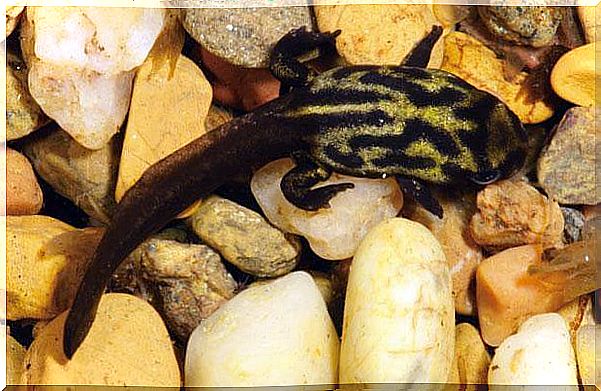
Threats and conservation of the corroboree frog
According to data from the Australian Government’s Department of Environment and Energy, the decline of the two corroboree frogs has increased steadily since 1980. The main culprit is the fungus known as amphibian chithridium , Batrachochytrium dendrobatidis.
This fungus, which causes the deadly disease chithridiomycosis, as well as endangering the Australian corroboree frog, has greatly reduced most of America’s amphibian diversity.
In Australia, the spread of this pathogen is favored by the presence of the common eastern frog, Crinia signifera. This species acts as a reservoir for the fungus, as it can present high levels of infection without developing the disease, which favors its transmission to other species.
Another threat is posed by climate change, which causes severe droughts and the general degradation of the natural habitat. The scarcity of water increases the death of this amphibian, as eggs and tadpoles depend heavily on this resource.
Nowadays, the International Union for Conservation of Nature (UICN) considers that the northern and southern corroboree frog are in danger of extinction. For this reason, the Australian government has presented a series of national initiatives for the long-term conservation of this species, as well as having opened numerous reserves and natural parks.
Source of main image | https://www.zoo.org.au / Damian Goodall
